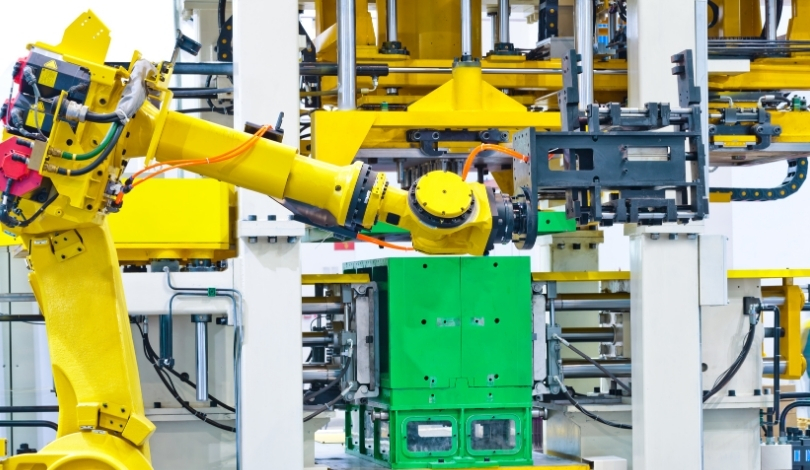On open seas, researchers face considerable obstacles while gathering data from elusive marine mammals like sperm whales. Project CETI, the Cetacean Translation Initiative, is leveraging robotics and artificial intelligence for a more efficient and less invasive data collection process. Their recent integration of modified FPV (first-person view) racing drones aims not only to reduce physical intrusion on whale behavior but also to enhance the overall data quality and the safety of these endeavours. Many in the field are watching closely as these methods evolve, especially as concerns grow around ethical research practices.
Project CETI’s earlier efforts used manual tagging—requiring researchers on boats to physically approach whales with long poles. This conventional technique posed logistical challenges, potential safety risks, and frequent failures due to whale movement and unpredictable sea conditions. Previous advancements highlighted by various media outlets centered around AI-driven acoustic frameworks and biologically inspired suction-cup tags. The shift to drone-based tagging represents a significant technological step, diverging from original plans, which mainly focused on improving prediction models for whale surfacing rather than deploying robotics directly in the tagging process.
What Are the Core Features of Project CETI’s Drone Tags?
The custom-developed Project CETI tags are designed to collect a variety of physiological and behavioral metrics, including bioacoustics, heart rate, dive depth, and body orientation. Researchers selected FPV racing drones for their power, agility, and compatibility with open-source platforms, then made modifications to enhance durability against oceanic conditions. According to the Project CETI Robotics Lead,
“There is adequate power and payload to carry the tag. The platform was intended to be highly maneuverable… and they are relatively inexpensive.”
The use of drones allows the team to operate further from the whales, minimizing stress to the animals while maximizing data quality.
How Does Timing Affect Whale Tagging with Drones?
Sperm whales stay at the surface for only a brief period—typically eight to ten minutes—after deep dives, making precise timing critical for successful tagging. The aerial drones offer the speed necessary to reach whales quickly within this small window, surpassing the limitations of aquatic drones, which operate more slowly.
“The time that the whales are on the surface is a very short window… aquatic drones would be much slower than aerial drones,”
explained the team’s Robotics Lead, emphasizing the advantage of airborne approaches in these fleeting circumstances. The success rate for deployment with drones now exceeds 55 percent, and the average deployment time is just over a minute.
What Technical and Ethical Measures Support Humane Tagging?
Project CETI implemented several upgrades for field reliability and whale safety, such as waterproofing electronics with vapor-deposited coatings, adding flotation for recoverability, and equipping drones with 3D-printed propeller guards. These precautions help ensure that neither equipment malfunctions nor mechanical components injure the animals. Field testing highlighted two main lessons: unpredictable conditions demand thorough preparation, and every whale encounter should prioritize respect and gentleness. Looking ahead, Project CETI is developing automation for tagging, combining classical controls with real-time vision systems, while intentionally avoiding full reliance on machine learning to maintain operational safety margins.
Project CETI’s current approach demonstrates practical application of readily available robotics, bridging earlier methods with new field robotics strategies aimed at sustainability and animal welfare. The move to drone-based tagging improved operational efficiency compared to earlier pole-based techniques and offers a less intrusive option aligned with modern ethical standards. As automation technology matures, there is potential for further refinement that could shorten response times, reduce costs, and further mitigate risks both to researchers and whales. Readers interested in marine biology or robotics may find Project CETI’s ongoing developments indicative of how adaptable, cost-effective technologies can benefit ecological research without compromising integrity and caution.










